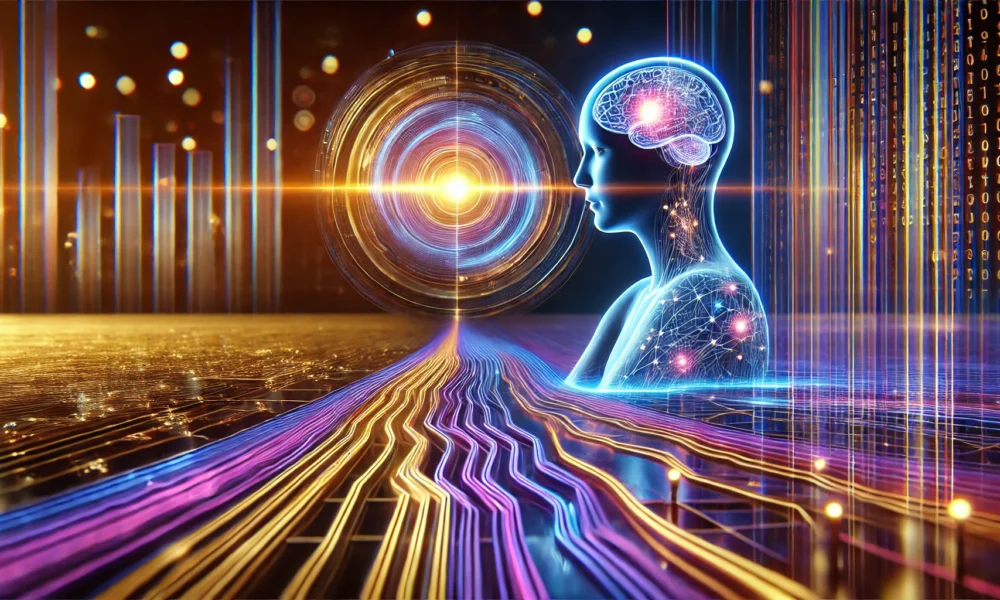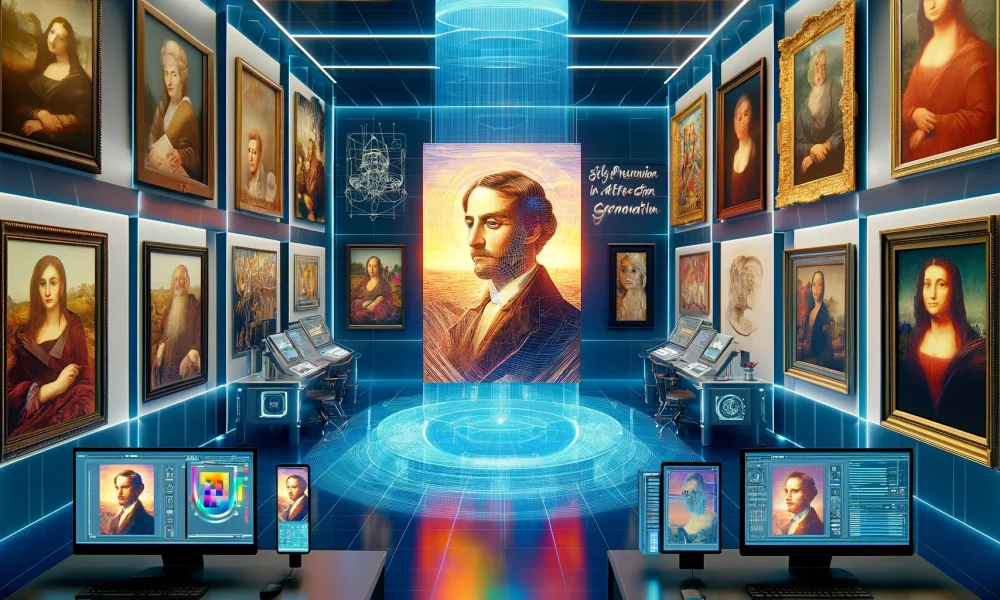Unveiling Stable Diffusion 3.5: The Latest Breakthrough in Text-to-Image AI Technology
Stability AI introduces Stable Diffusion 3.5, a groundbreaking advancement in text-to-image AI models that has been meticulously redesigned to meet community expectations and elevate generative AI technology to new heights.
Reimagined for Excellence: Key Enhancements in Stable Diffusion 3.5
Discover the significant improvements in Stable Diffusion 3.5 that set it apart from previous versions:
– Enhanced Prompt Adherence: The model now has a superior understanding of complex prompts, rivaling larger models.
– Architectural Advancements: Query-Key Normalization in transformer blocks enhances training stability and simplifies fine-tuning.
– Diverse Output Generation: Capabilities to generate images of different skin tones and features without extensive prompt engineering.
– Optimized Performance: Improved image quality and generation speed, especially in the Turbo variant.
Stable Diffusion 3.5: Where Accessibility Meets Power
The release strikes a balance between accessibility and power, making it suitable for individual creators and enterprise users. The model family offers a clear commercial licensing framework to support businesses of all sizes.
Introducing Three Powerful Models for Every Use Case
1. Stable Diffusion 3.5 Large: The flagship model with 8 billion parameters for professional image generation tasks.
2. Large Turbo: A breakthrough variant with high-quality image generation in just 4 steps.
3. Medium Model: Democratizing access to professional-grade image generation with efficient operations and optimized architecture.
Next-Generation Architecture Enhancements
Explore the technical advancements in Stable Diffusion 3.5, including Query-Key Normalization and benchmarking analysis. The model’s architecture ensures stable training processes and consistent performance across different domains.
The Bottom Line: Stability AI’s Commitment to Innovation
Stable Diffusion 3.5 is a milestone in generative AI evolution, offering advanced technical capabilities with practical accessibility. The release reinforces Stability AI’s dedication to transforming visual media while upholding high standards for image quality and ethical considerations.
Experience the Future of AI-Powered Image Generation with Stable Diffusion 3.5.
-
What is Stable Diffusion 3.5?
Stable Diffusion 3.5 is a cutting-edge technology that utilizes architectural advances in text-to-image AI to create realistic and high-quality images based on textual input. -
How does Stable Diffusion 3.5 improve upon previous versions?
Stable Diffusion 3.5 incorporates new architectural features that enhance the stability and coherence of generated images, resulting in more realistic and detailed visual outputs. -
What types of text inputs can Stable Diffusion 3.5 process?
Stable Diffusion 3.5 is capable of generating images based on a wide range of text inputs, including descriptive paragraphs, keywords, and prompts. -
Is Stable Diffusion 3.5 suitable for commercial use?
Yes, Stable Diffusion 3.5 is designed to be scalable and efficient, making it a viable option for businesses and organizations looking to leverage text-to-image AI technology for various applications. - How can I integrate Stable Diffusion 3.5 into my existing software or platform?
Stable Diffusion 3.5 offers flexible integration options, including APIs and SDKs, making it easy to incorporate the technology into your existing software or platform for seamless text-to-image generation.



